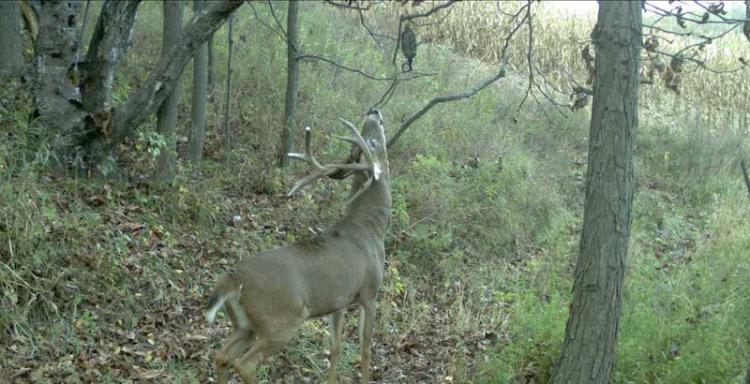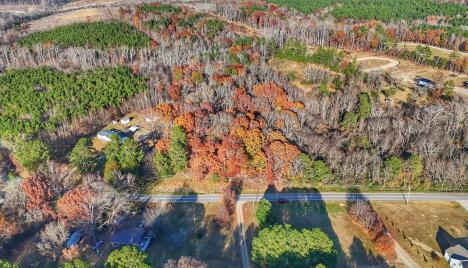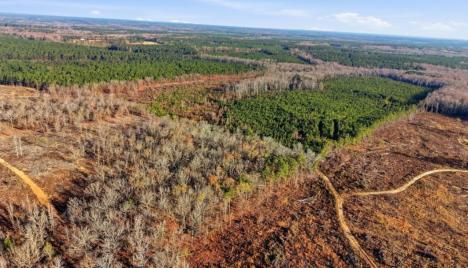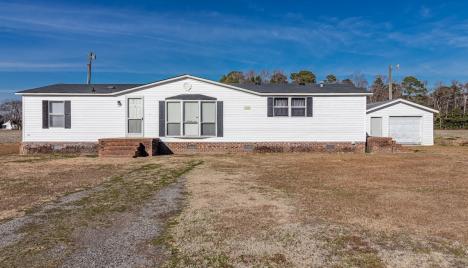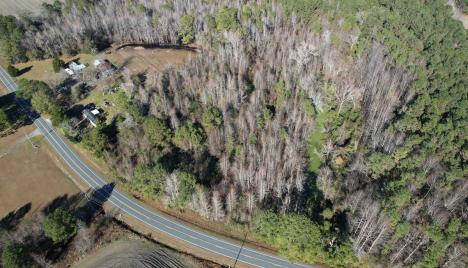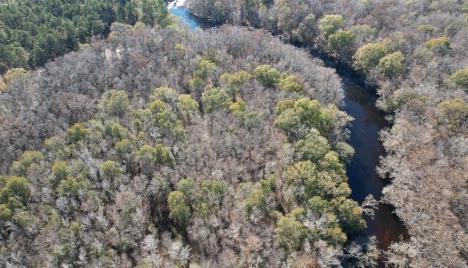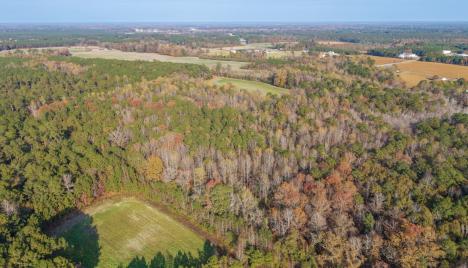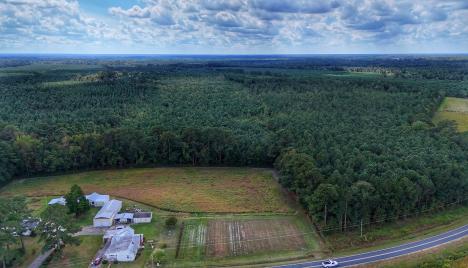One of the most apparent trends in the hunting industry is the use of cellular game cameras. For the past few years, I have been using a variety of cellular cameras for scouting and as a tool to help myself improve as a hunter. I now understand why this newer tactic is often referred to as a must-have when hunting deer.
Throughout the few years of using cell cameras, I can honestly say it is one of the most addicting things I have ever experienced as a hunter. When digital game cameras first hit the market, I thought it was the greatest thing. Long gone were the days of having to develop the film, waiting a week for the pictures, then flipping through a bunch of wasted photos of grass moving, crows flying in, and of course, the numerous photos of does. When digital cameras were introduced, hunters then had the luxury of using memory cards to view their photos—no more wasted photo stock paper. For many, that still wasn’t quick enough. As humans, we love the instant gratification that many modern technologies provide. This is why cellular game cameras' prompt ability to send photos directly to a mobile device within seconds is highly favored.
Recently, my summer routine has involved checking my cellular cameras before I go to bed at night, as soon as I wake up in the morning, and I must admit, every time, I get a notification saying a new image is available. No matter the time of day, I am addicted to getting photos from my cellular cameras. Even though I love summer scouting with cellular cameras, the most significant advantage I have found is when I pair cellular cameras with mock scrapes during October. Below is a list of how to use cell cameras and scrapes together, how to hunt with them, and the advantages hunters can have when using them.
THE PROPER SETUP
A top rule when using cellular cameras and mock scrapes is location, location, location. Creating a mock scrape isn’t as easy as scraping the leaves, putting scent on the ground, then setting back and watching bucks arrive.
When making a mock scrape, it is essential to construct them in areas where deer naturally travel. Common areas to find scrapes are on the edge of fields or food plots. Other natural scrape locations can be found along old trails and logging roads that sit between bedding and food sources. Deer naturally use these areas for daily travel and will also use the same areas when scraping. When creating a mock scrape, I prefer more open areas, such as field edges, rather than areas further back in the timber. I want areas where deer can get to quickly and where my cellular camera will provide adequate service.
My favorite camera setup to obtain the best results involves using a camera stand such as the Stealth Cam Mounting Post, a fence post, or a small tree in the open to receive better signals. I place a cellular camera, such as the Stealth Cam Connect, that features the Mossy Oak Bottomland pattern, around ten yards from my scrape. As for my settings, I like using the 30-second delay; some hunters move the delay up to one-minute intervals when using cameras in front of scrapes. I want as many photos of a buck as possible to help determine the buck's size and behavior. On many occasions, I have set the camera on video mode to help view a buck's behavior and the direction he approaches and leaves the scrape.
After the camera is placed in front of the mock scrape, it is time to doctor it up. An overhanging licking branch is an essential key to an excellent mock scrape. An overhanging branch communicates scents between deer in the same way that scent left on the ground does.
I like to use a scent dispenser such as the Wildlife Research Center Magnum Scrape Dripper on the licking branch. I use WRC’s Active Scrape Full Spectrum Scrape Scent in the scent dripper to lure bucks and does to the scrape. I remove all leaves from the ground until bare dirt shows in a 2-foot circle. In the dirt circle, I use the same scrape scent or a scent such as WRC’s Trails End #307, a blend of doe urine, estrus secretions, and other attractive oils that keep deer returning to the scrape area.
ADVANTAGES OF CELLULAR CAMERAS
For years, hunters have used game cameras over natural or mock scrapes. Typically, one checked their cameras once a week. Most deer hunters know that many things can change in one week during the pre-rut. If a buck was at the scrape one or two times the first couple of days, by the time the hunter returned a week later to check their memory card, it was too late to hunt that buck. A considerable advantage to cellular cameras is receiving instant notification when a buck is at the scrape. If a buck is there multiple times in a short period, the chances are high that he will return soon; this lets the hunter know it is go time.
When used with mock scrapes, the most significant advantage of cellular game cameras is less pressure and less human scent. The way deer communicate with scrapes is by leaving and smelling scent. If the hunter is in the area every few days to check on memory cards, they leave an increased amount of human scent and create more pressure on deer nearby when walking in or out. I like using the Magnum Scent Dripper mentioned earlier to create less pressure and eliminate human scent in the scrape area. After filling up the scent dripper, a slow, steady drip keeps the scrape fresh for up to three weeks. A slow dripping scent and a cellular camera mean I do not have to visit the area until I regularly see a buck using the scrape via the camera. Less human pressure and scent allow deer to react to the scrape naturally. When a buck commits to the scrape, it is time to slip into the area and hunt.
-Heath Wood


